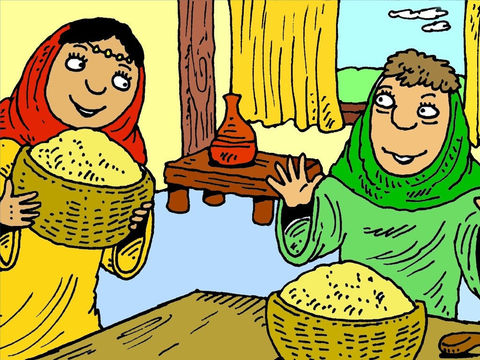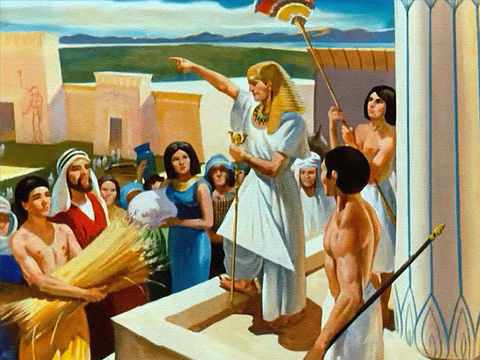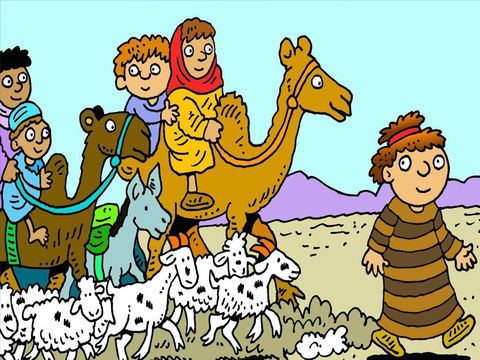Conditions et règlement officiel du concours
Avez-vous jamais rêvé
d’illustrer un livre ? Vous aimez créer des bandes dessinées ? Est-ce que
l’aquarelle est votre passion ? Avez-vous de l’expérience dans le domaine
de la création d’images vectorielles sur tablette, ou est-ce que les bons vieux
crayon de bois et papier sont plutôt votre style ?
Nous
recherchons des artistes de tous âges dont les œuvres pourraient être mises en
vedette dans notre édition spéciale des leçons pour les enfants des Jours
saints d’automne.
Thème
Les Jours saints d’automne : Quand vous pensez aux
Fêtes divines d’automne, quelle image vous vient à l’esprit ? Pensez-vous à un
Israélite faisant sonner une scintillante trompette en argent devant le
tabernacle ? Ou aux deux boucs le Jour des Expiations ? Ou bien imaginez-vous
le lion et l’agneau pour représenter le Millénium ? Quoi qu’il en soit,
préparez-vous à mettre votre créativité à profit !
Soumettez vos œuvres artistiques traitant de la Fête
des Trompettes, du Jour des Expiations, de la Fête des Tabernacles et du
Dernier Grand Jour. Ces œuvres peuvent représenter des symboles, des traditions
religieuses, des personnages ou des scènes bibliques se rapportant aux Jours
saints d’automne. Nous sommes particulièrement intéressés par tout travail de type
« bande dessinée », bien que nous acceptions tout style pouvant être
utilisé dans notre édition spéciale des leçons à l’attention des enfants :
« Les fêtes divines automnales : Un guide d’étude pour les parents qui
enseignent à leurs enfants la voie divine. »
Quel genre d’art recherchons-nous ?
Les œuvres artistiques soumises peuvent être
soumises sur tout support 2D (ex. crayon à papier, encre, crayons de couleur,
fusain, pastel, aquarelle, gouache ou acrylique) et réalisées sur tout support
traditionnel ou électronique sont acceptées. N’oubliez pas que nous sommes à la
recherche d’œuvres soignées et prêtes à être utilisées dans nos diverses
publications.
Les œuvres doivent être de la plus haute qualité
possible (c.-à-d. non froissées, exemptes de taches, de traces de gommage,
etc.) Le cas échéant, définissez les paramètres du scanner, de l’exportation ou
de l’appareil photo pour soumettre des images de haute qualité.
Qui peut y participer ?
Tous les artistes, quel que soit leur âge, sont invités à
soumettre leur meilleure oeuvre qui sera répartie selon trois catégories en
fonction des groupes d’âge ci-dessous :
Groupe 1 | – de 12 ans
Groupe 2 | 13 à 20 ans
Groupe 3 | 21 à 121 ans
Ouverture du concours &
date limite
Ouverture
du concours : 15 août 2019
Date
limite de participation : 20 septembre 2019
Résultats
affichés : 27 septembre 2019
Comment y participer
Toutes les inscriptions doivent être transmises via notre formulaire d’inscription en ligne pour le concours artistique des Jours saints de la saison automnale, qui sera tenu à la disposition des artistes à partir du 15 août. Chacun des participants doit communiquer son nom, son âge, une adresse courriel valide, sa congrégation, quelques phrases à son sujet ainsi qu’une courte description de son œuvre artistique au moment de l’inscription. Tous les artistes relevant du premier groupe doivent avoir l’approbation parentale pour y participer. Si vous n’avez pas accès à Internet ou si vous n’avez pas les moyens de créer des copies électroniques de vos œuvres d’art, n’hésitez pas à demander l’aide d’un membre dans votre congrégation locale.
Règlement officiel
1. Aucune œuvre
artistique ne doit reproduire des images représentant Dieu, Jésus-Christ ou des
créatures célestes.
2. Œuvre
originale seulement – pas de plagiat ni de matériel protégé par des droits
d’auteur.
3. Les
réalisations doivent pouvoir être regardées par des enfants de moins de 12 ans.
4. L’Éducation Living se réserve le droit de rejeter
les œuvres inappropriées.
5. Les artistes
doivent soumettre leurs œuvres sous leur propre nom selon la catégorie d’âge appropriée.
6. Les artistes
peuvent soumettre jusqu’à deux œuvres artistiques par personne.
Avis de non-responsabilité :
La sélection d’une œuvre
artistique pour le concours de l’Éducation Living sur les Fêtes divines
automnales transfère à l’Éducation Living le droit d’utiliser et de modifier
l’œuvre artistique à des fins éducatives et/ou de publication promotionnelle.
L’Éducation Living s’engage à ce que les œuvres artistiques sélectionnées ne
soient pas utilisées à des fins mercantiles.
Gagnants*
Les meilleures sélections de chacune des catégories
seront insérées dans nos leçons hebdomadaires pour les enfants ou dans notre
Édition spéciale – Fêtes d’automne de Dieu**. Elles seront affichées sur le
blog « Actualisations » de notre site Web avec une courte biographie de
l’artiste avec une description de l’œuvre artistique. Les artistes recevront un
crédit de nom pour toute œuvre artistique utilisée dans nos publications. De
plus, les gagnants de chaque groupe d’âge recevront un petit prix parmi nos
souvenirs de l’Éducation Living.
Les œuvres artistiques recevant une mention
honorable seront affichées sur le blog « Actualisations » de notre
site Web ainsi qu’une courte biographie de l’artiste avec une description de
l’œuvre artistique.
* Si votre œuvre artistique est
sélectionnée, vous recevrez une notification par courriel.
** Il pourrait y avoir des
occasions spéciales pour des artistes exceptionnels de se joindre à notre
équipe d’illustration pour le programme biblique des enfants de l’Éducation
Living, pouvant impliquer de nombreux autres types de projets et d’initiatives
en tout genre.
Pour de plus amples renseignements concernant les détails de ce
concours, ou d’autres questions, veuillez contacter : Rebekah Ross | Living Education – Children’s
Bible Program Staff [email protected] 704-708-2295

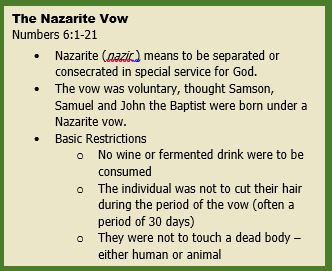
.jpg)
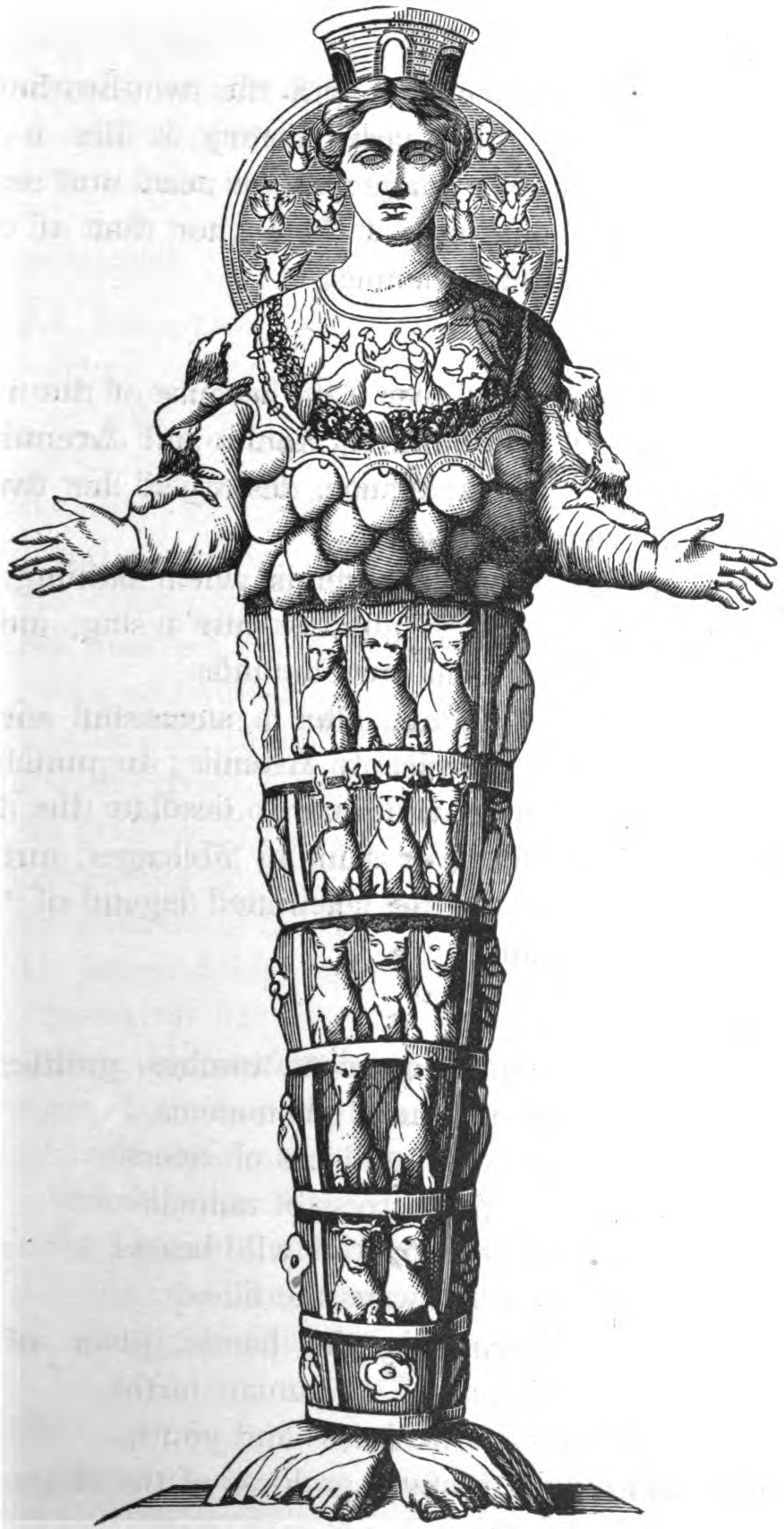
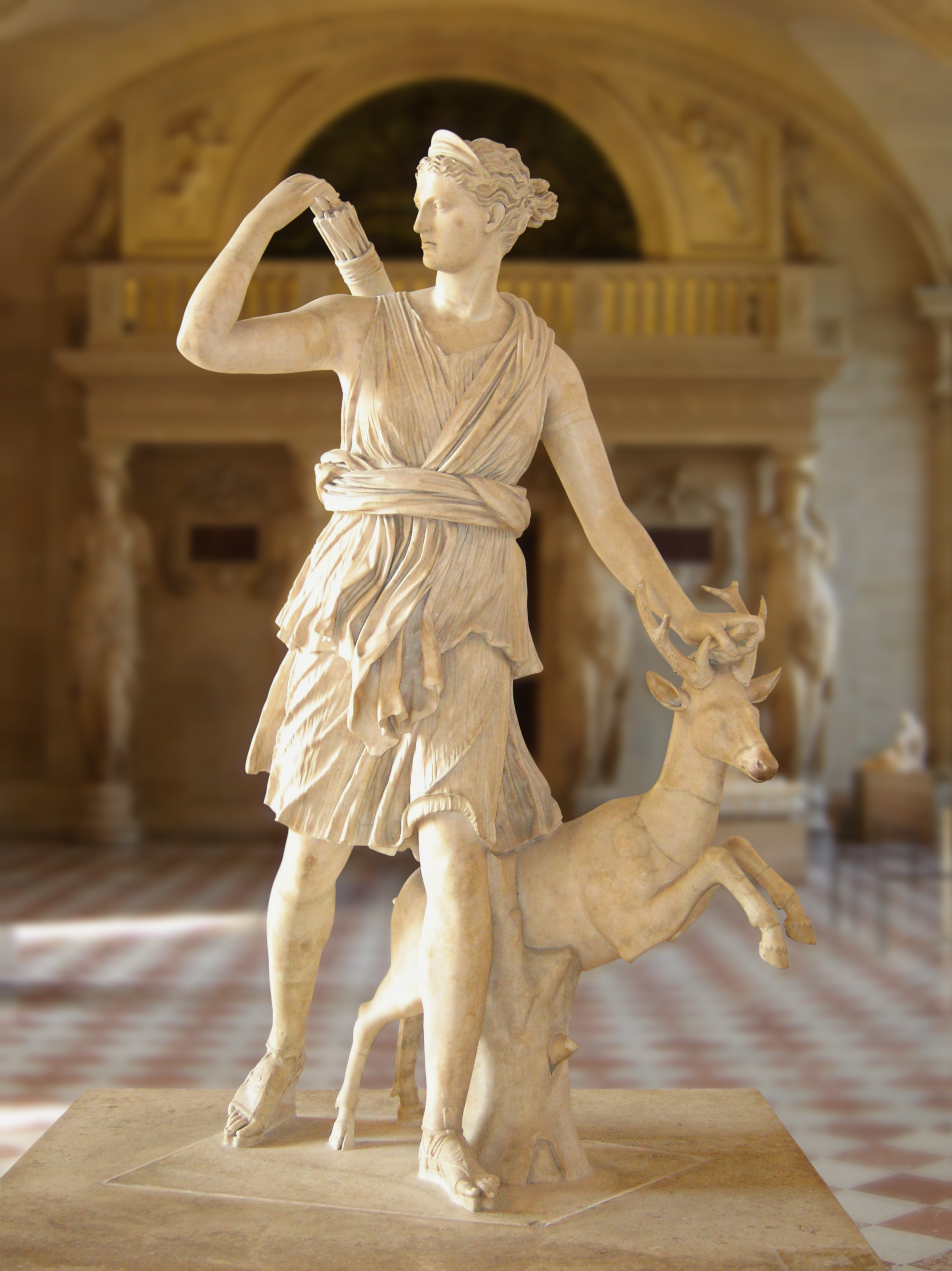 By building a church for Mary in Ephesus and declaring her “Mother of God” near the great temple of the mother goddess Diana, the Catholic church simply borrowed and adapted ancient traditions that allowed new converts to continue pagan practices in a “Christian” context!
By building a church for Mary in Ephesus and declaring her “Mother of God” near the great temple of the mother goddess Diana, the Catholic church simply borrowed and adapted ancient traditions that allowed new converts to continue pagan practices in a “Christian” context! 
